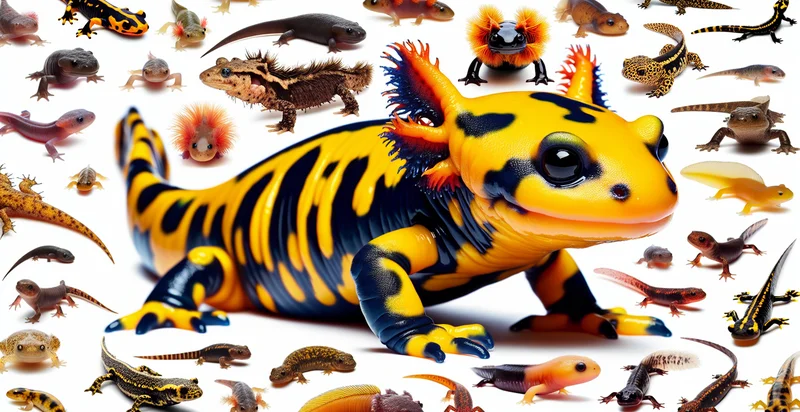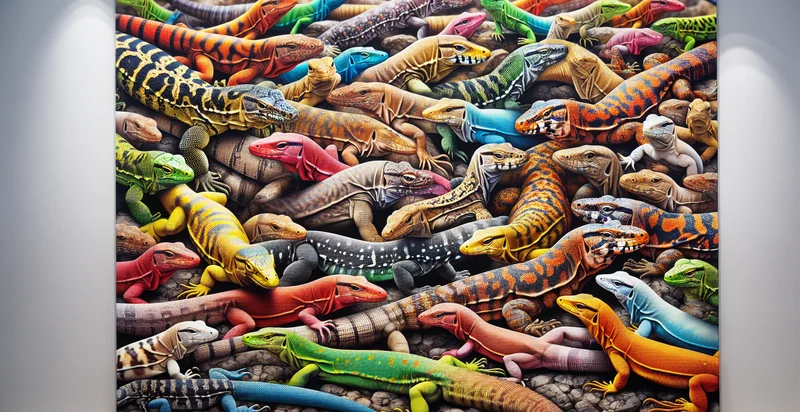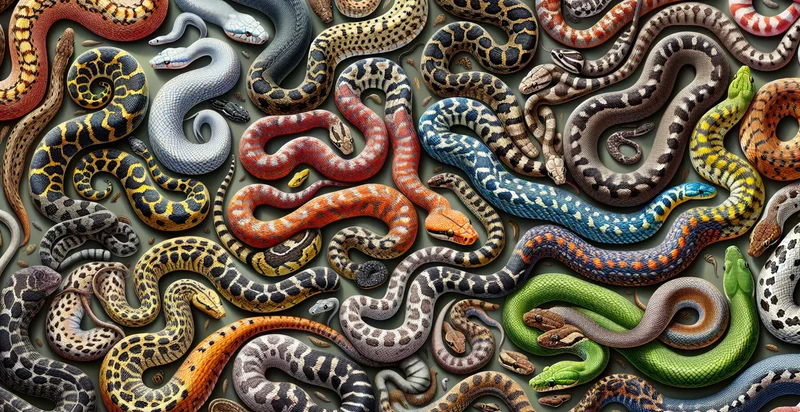Identify salamander species
using AI
Below is a free classifier to identify salamander species. Just upload your image, and our AI will predict which species of salamander it is - in just seconds.

Contact us for API access
Or, use Nyckel to build highly-accurate custom classifiers in just minutes. No PhD required.
Get started
import nyckel
credentials = nyckel.Credentials("YOUR_CLIENT_ID", "YOUR_CLIENT_SECRET")
nyckel.invoke("salamander-species-identifier", "your_image_url", credentials)
fetch('https://www.nyckel.com/v1/functions/salamander-species-identifier/invoke', {
method: 'POST',
headers: {
'Authorization': 'Bearer ' + 'YOUR_BEARER_TOKEN',
'Content-Type': 'application/json',
},
body: JSON.stringify(
{"data": "your_image_url"}
)
})
.then(response => response.json())
.then(data => console.log(data));
curl -X POST \
-H "Content-Type: application/json" \
-H "Authorization: Bearer YOUR_BEARER_TOKEN" \
-d '{"data": "your_image_url"}' \
https://www.nyckel.com/v1/functions/salamander-species-identifier/invoke
How this classifier works
To start, upload your image. Our AI tool will then predict which species of salamander it is.
This pretrained image model uses a Nyckel-created dataset and has 30 labels, including Fire Salamander and Spotted Salamander.
We'll also show a confidence score (the higher the number, the more confident the AI model is around which species of salamander it is).
Whether you're just curious or building salamander species detection into your application, we hope our classifier proves helpful.
Related Classifiers
Need to identify salamander species at scale?
Get API or Zapier access to this classifier for free. It's perfect for:
- Biodiversity Research: Biodiversity researchers can use the 'salamander species' identifier to classify multiple salamander species in a particular area. This can assist them in understanding the biodiversity dynamics and species density in that location.
- Wildlife Conservation: Conservation organizations can use this AI feature to monitor habitats, identify the presence of specific salamander species, and consequently adjust their conservation strategies based on the data acquired.
- Pet Trade Regulation: The tool can be used by law enforcement agencies and regulators to monitor the pet trade market. By identifying the species quickly, they can ensure endangered species are not being sold illegally.
- Veterinary Services: Veterinarians who specialize in exotic pets can use the identifier to quickly and accurately diagnose the salamander species they are treating. This can aid appropriate treatment delivery while improving pet care standards.
- Ecotourism Development: Companies specializing in ecotourism can use this feature to help tourists identify different species of salamanders in their natural habitat. Using the identifier, the firms can enhance their customers' interactive experience with wildlife.
- Environmental Impact Assessment: Companies and governments can use the identifier to determine the number and type of salamander species in a proposed development area as part of their Environmental Impact Assessment. This can assist in gauging the potential impact of the project on local wildlife.
- Education and Public Awareness: Educational institutions and wildlife NGOs can use this tool as part of their outreach programs, offering students and the public an innovative learning tool to learn about different salamander species and understand the importance of protecting them.


